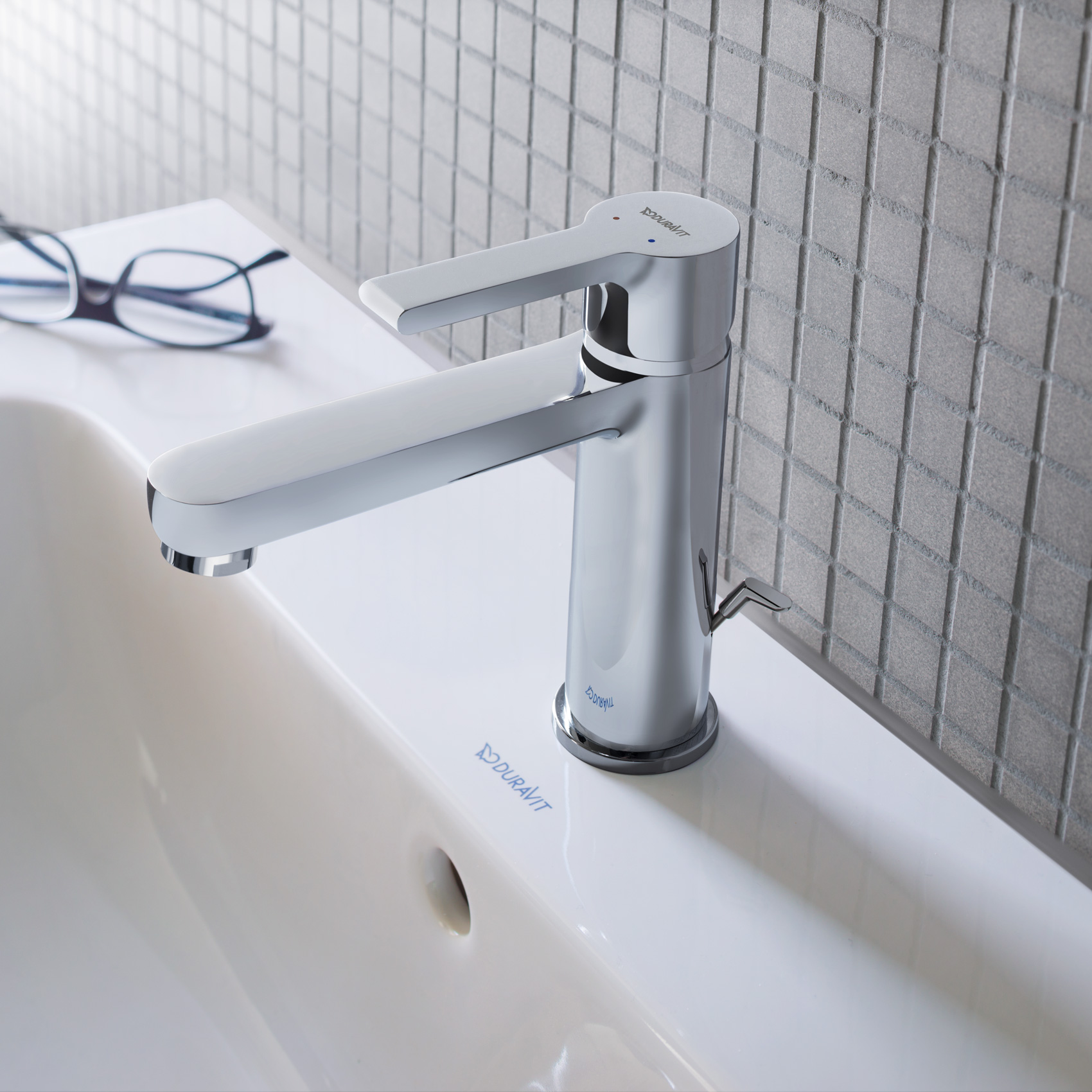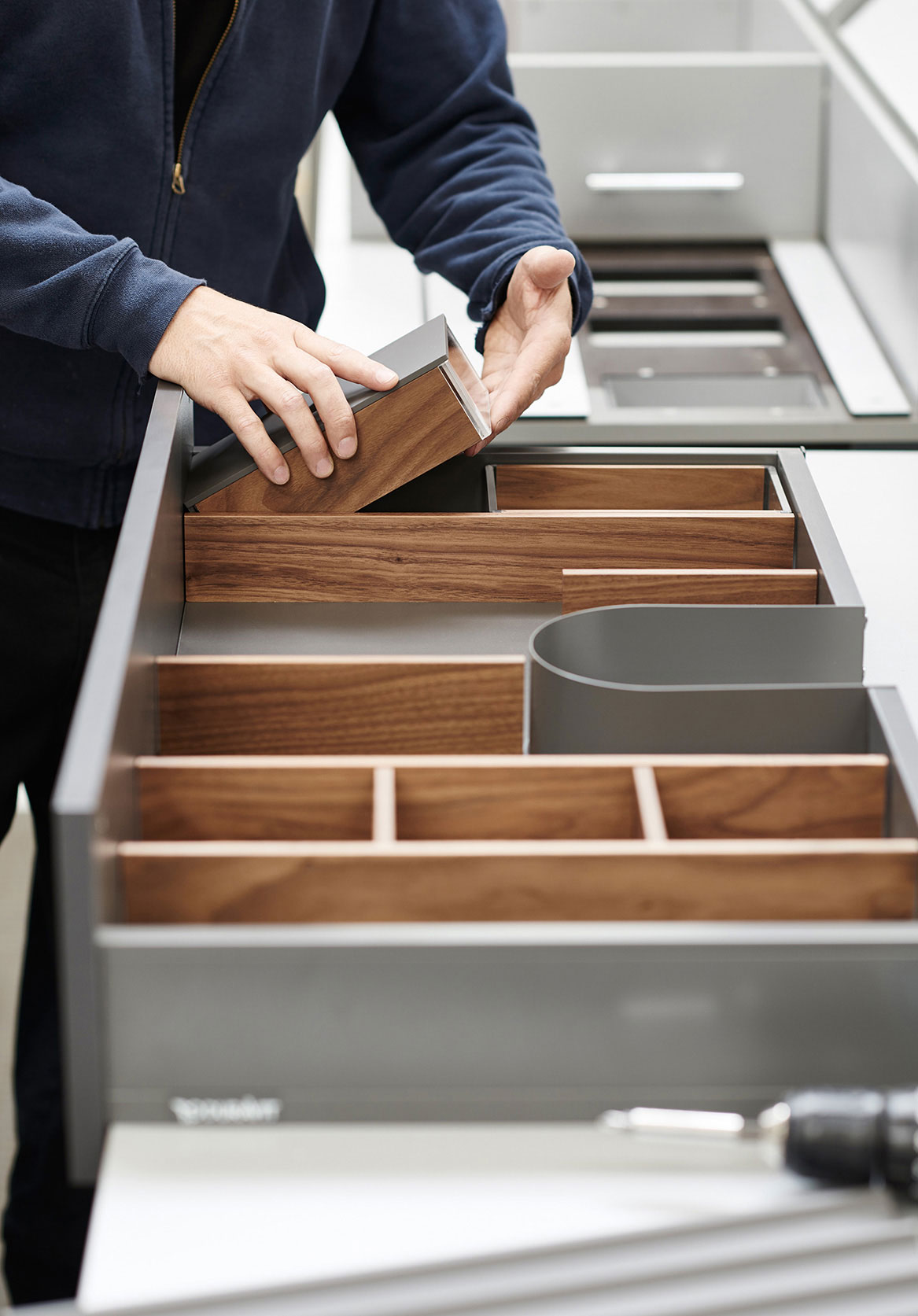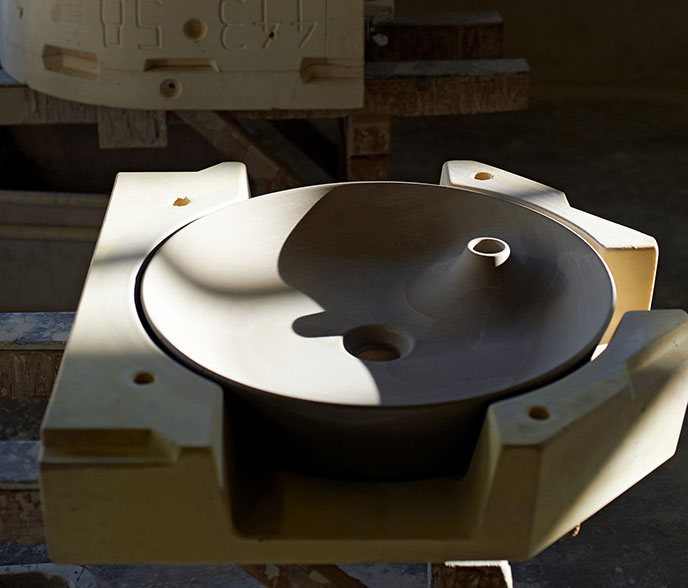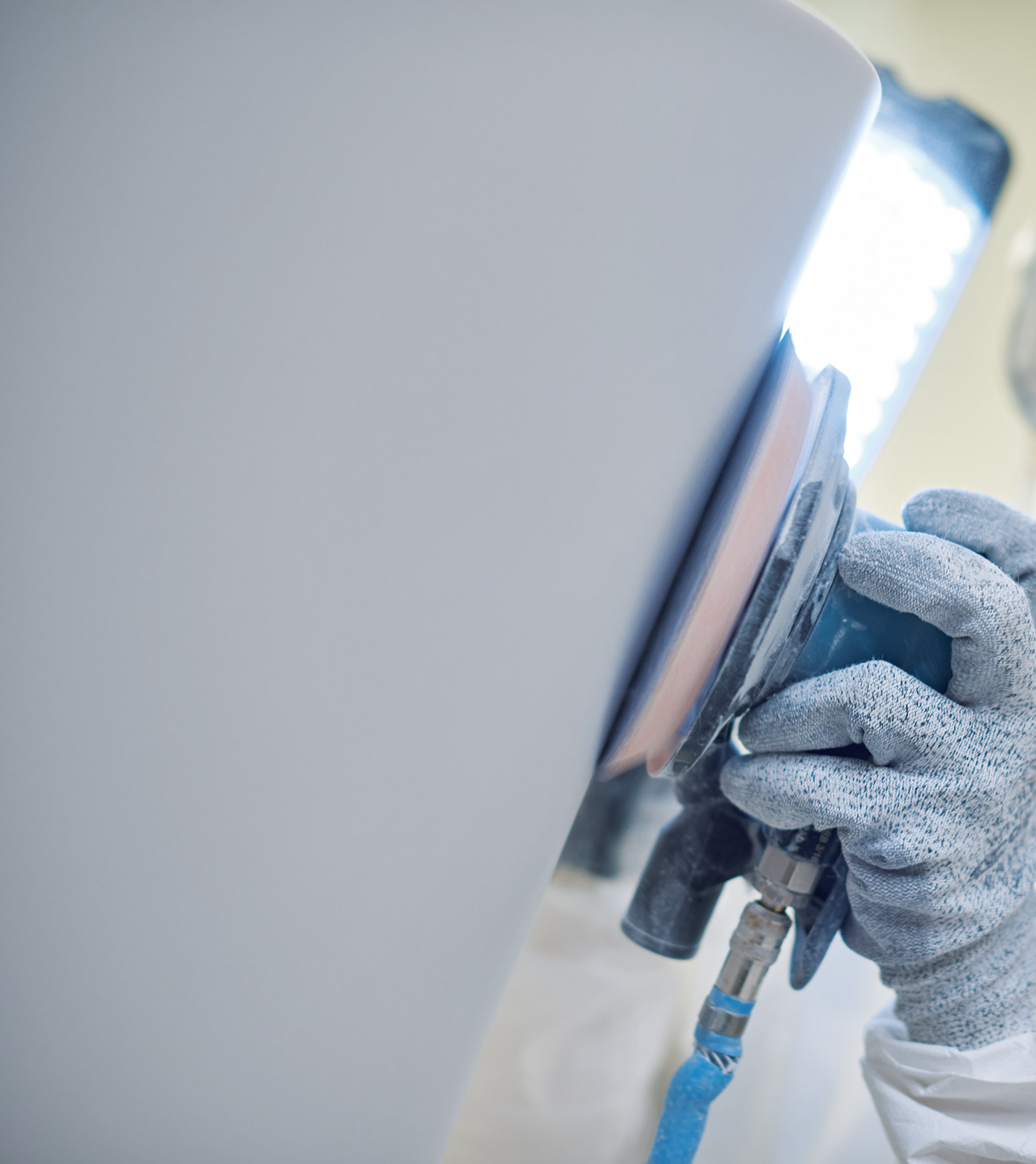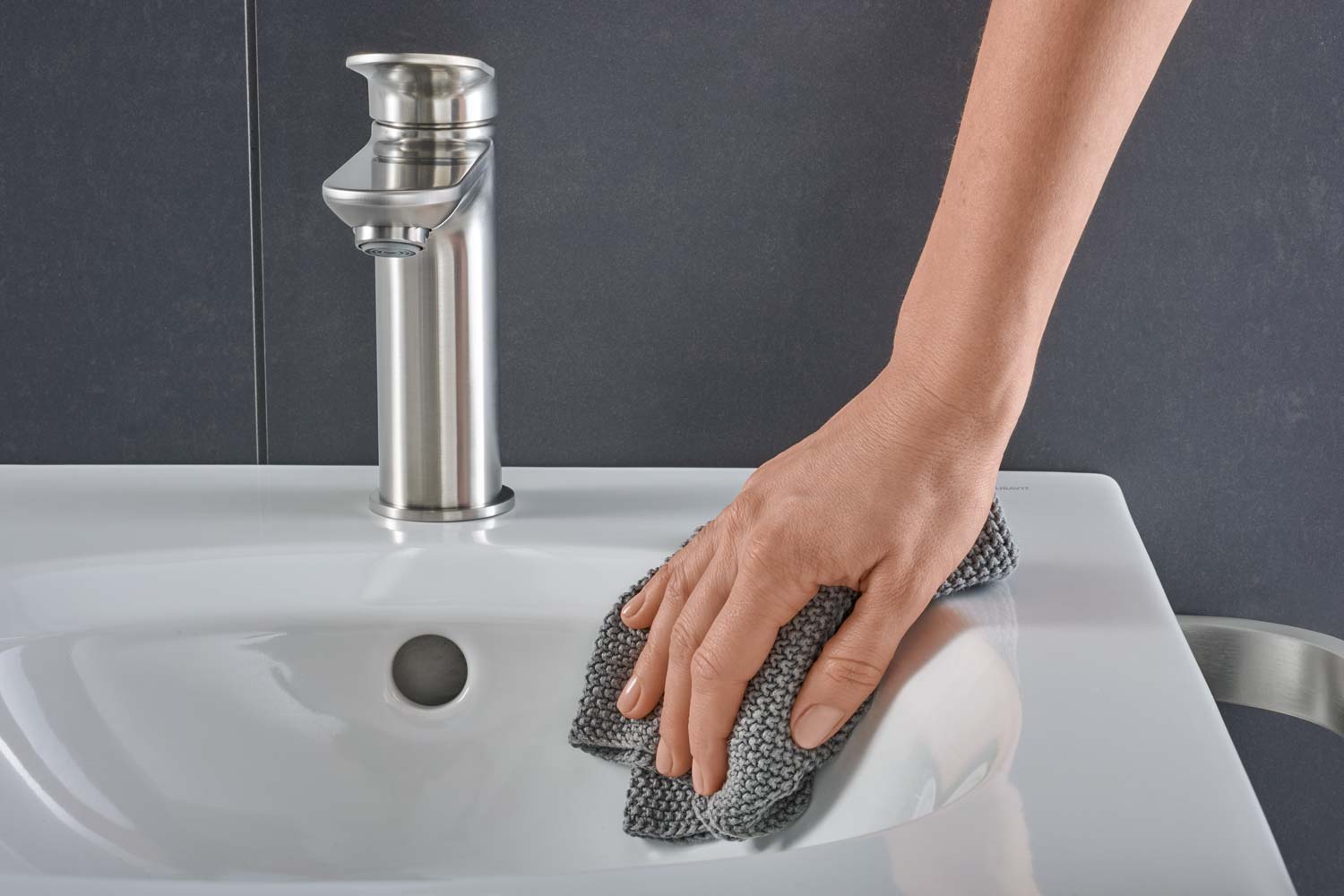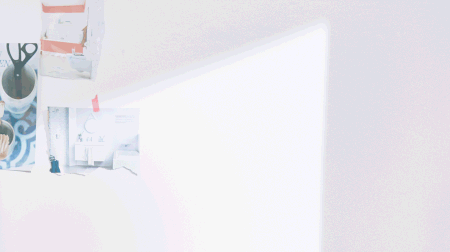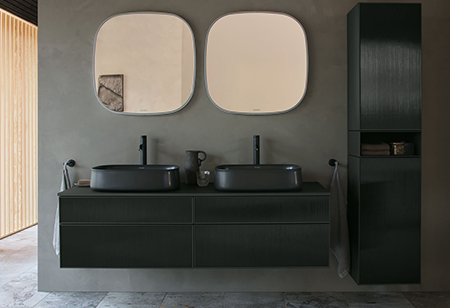
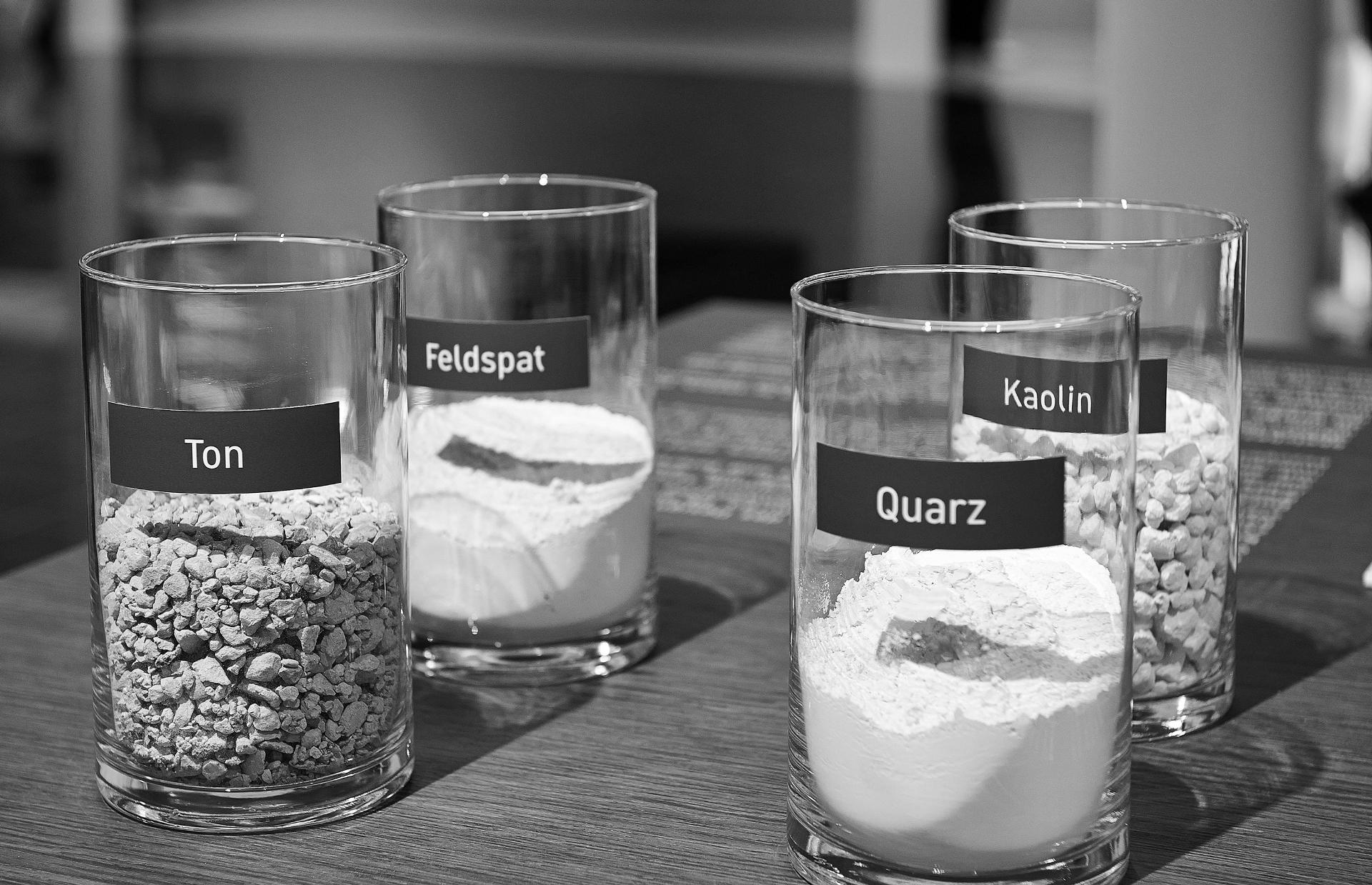
Features and Materials
Bathroom Ceramics

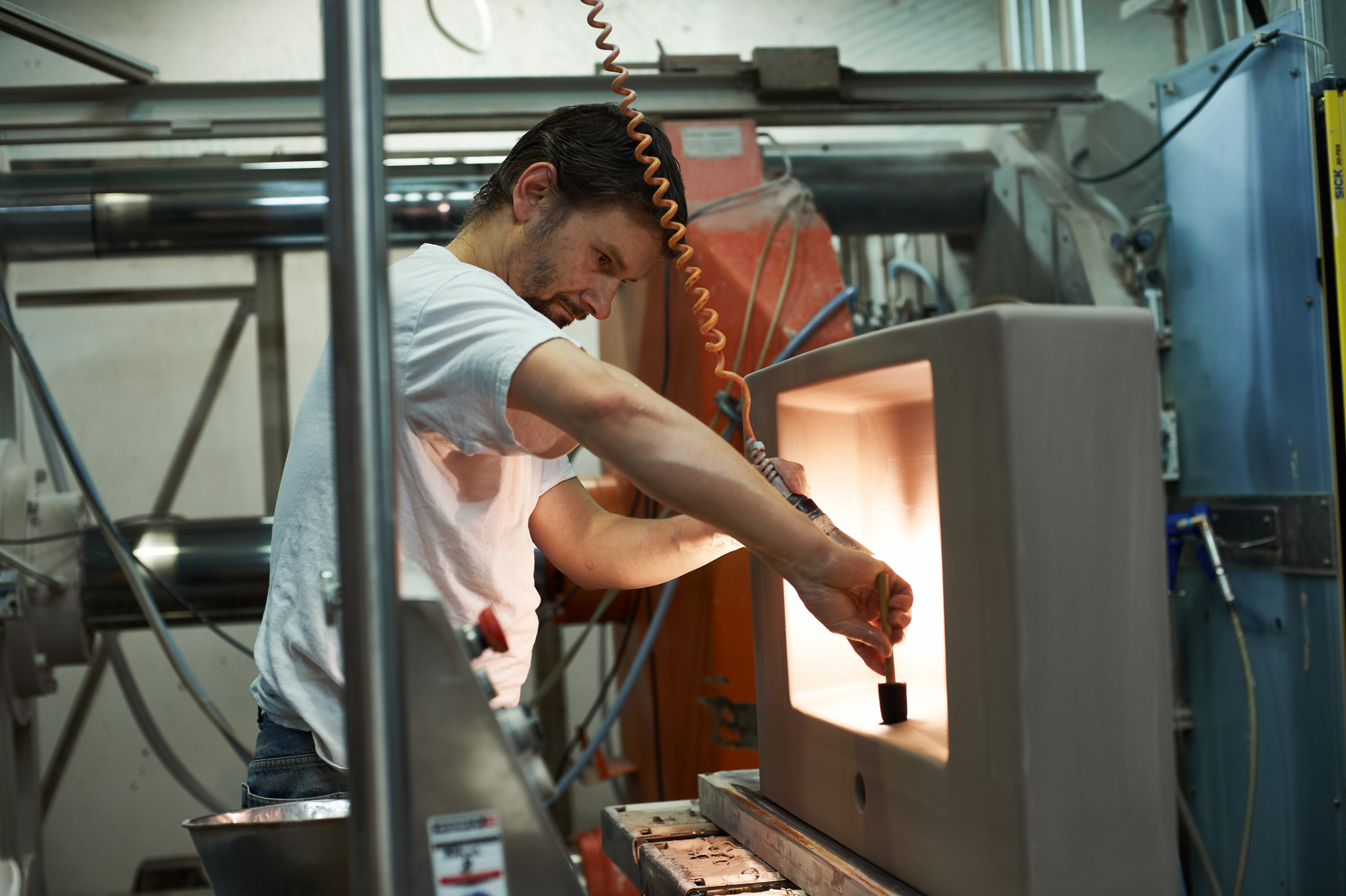
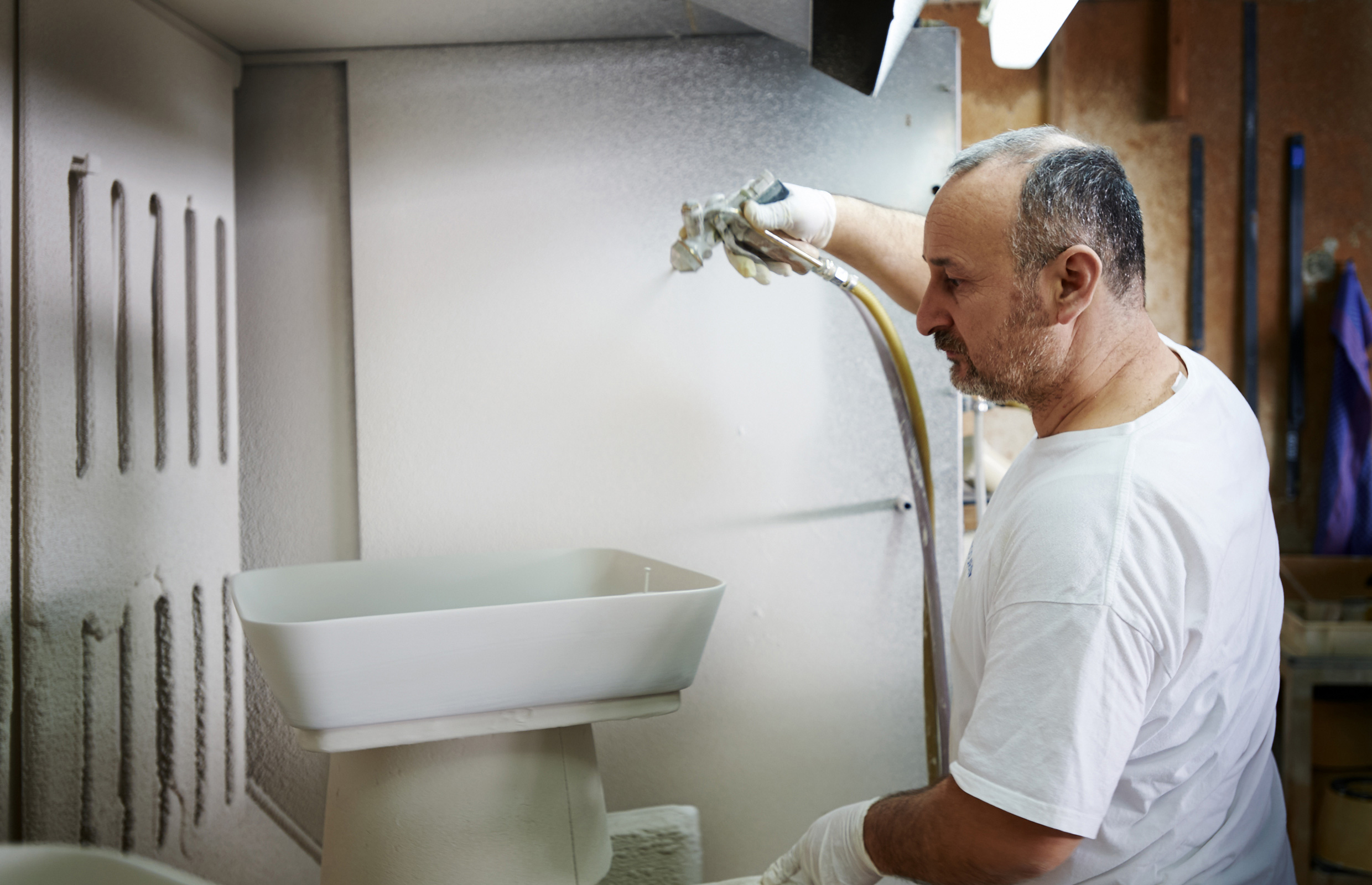
Bathroom Acrylic
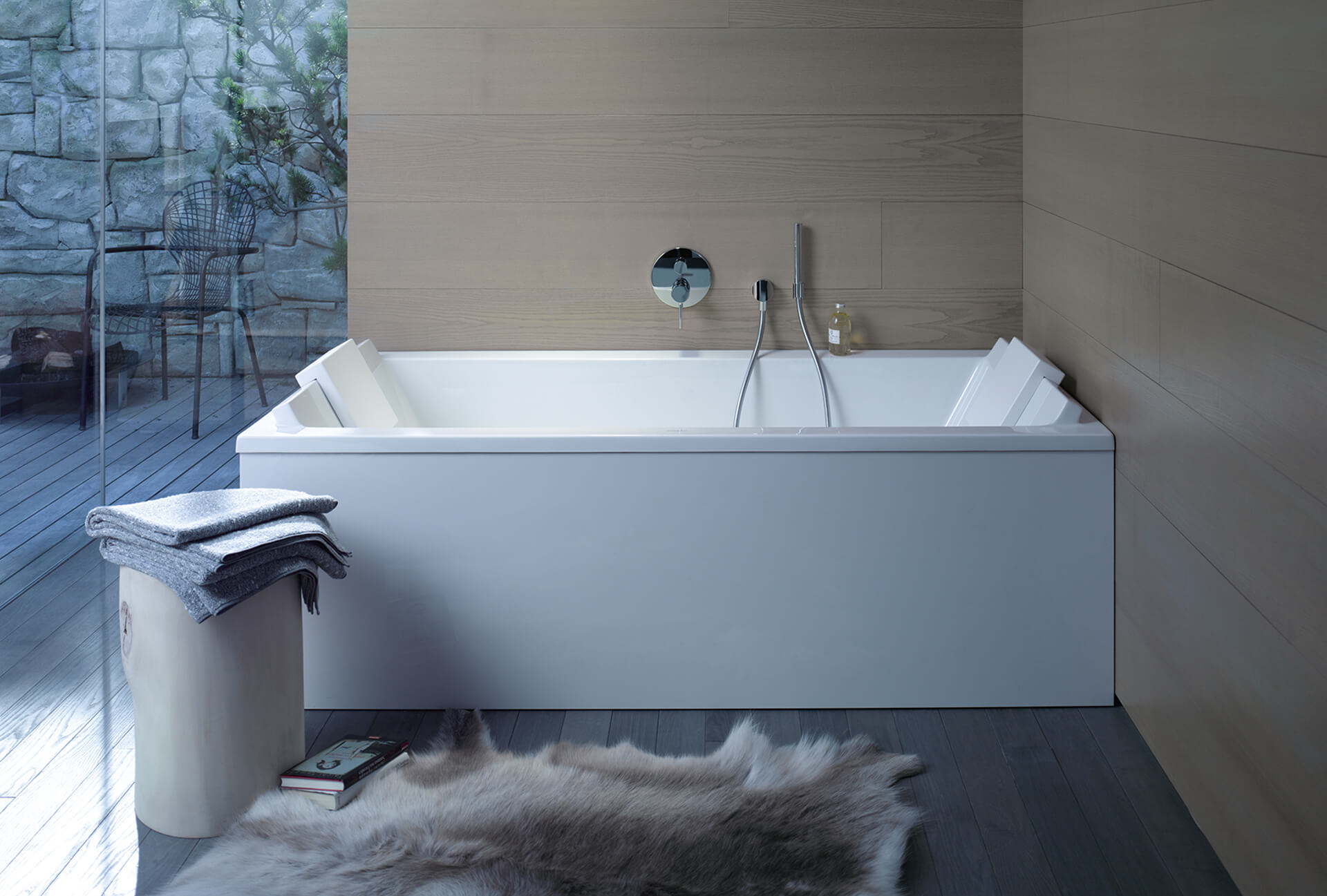
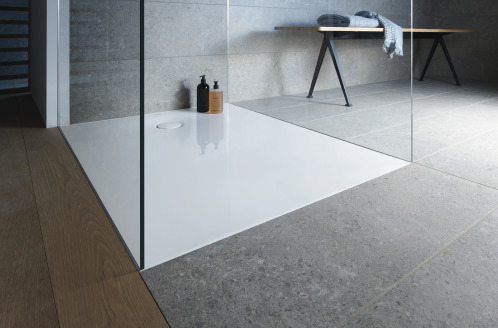
The base material for bathroom-grade acrylic is acrylic (PMMA-*) sheets in various thicknesses. These sheets are cut to size and then thermally shaped. This thermoformed acrylic base is then reinforced on the underside with wood and a fiberglass-reinforced resin mixture. After cooling, polymerization occurs in the fiberglass-reinforced resin mixture. Depending on the bathtub model, acrylic panels are then added seamlessly.
*Polymethyl methacrylate
Ý tưởng cho phòng tắm
Khám phá thế giới các sản phẩm kỳ diệu và phong phú của Duravit!
Tự thiết kế phòng tắm mơ ước
Với công cụ trực tuyến mà Duravit cung cấp, bạn có thể tự thiết kế phòng tắm mơ ước ngay trên website của chúng tôi.
Thi công bởi các chuyên gia
Đại lý của chúng tôi sẵn sàng giúp bạn lên kế hoạch chi tiết cũng như kết nối với các đơn vị liên quan để đảm bảo quá trình thi công chính xác và chuyên nghiệp.

